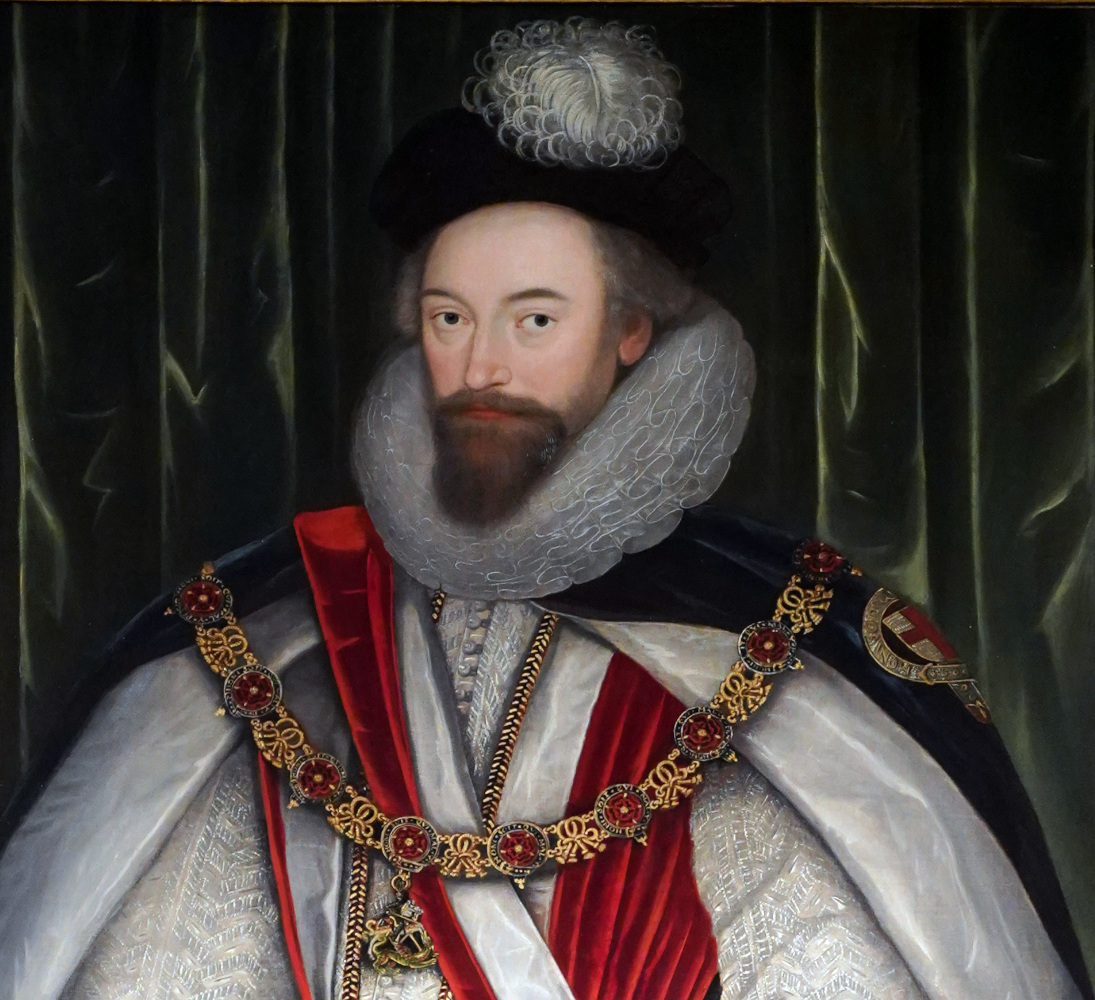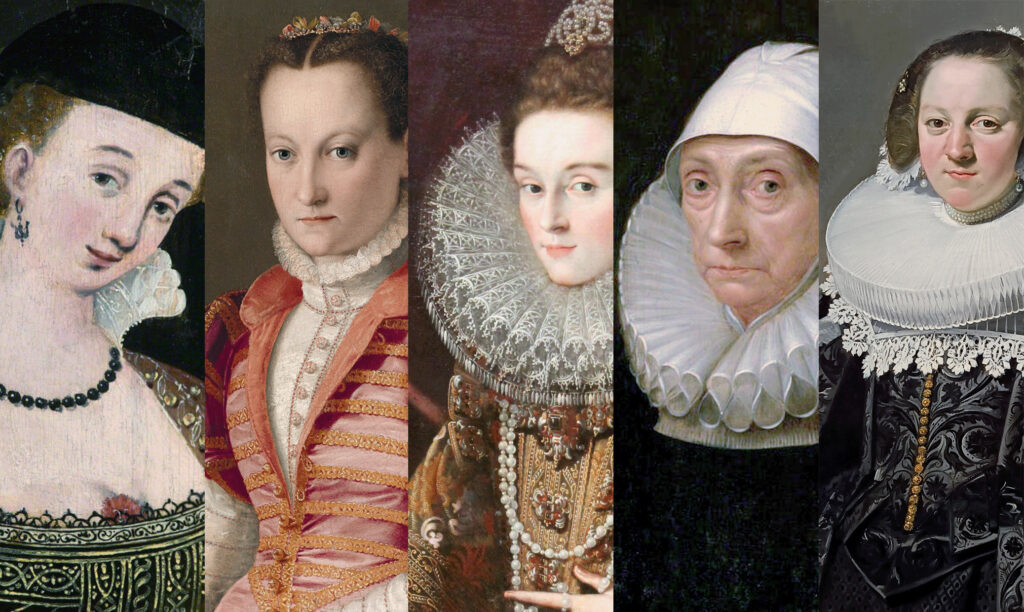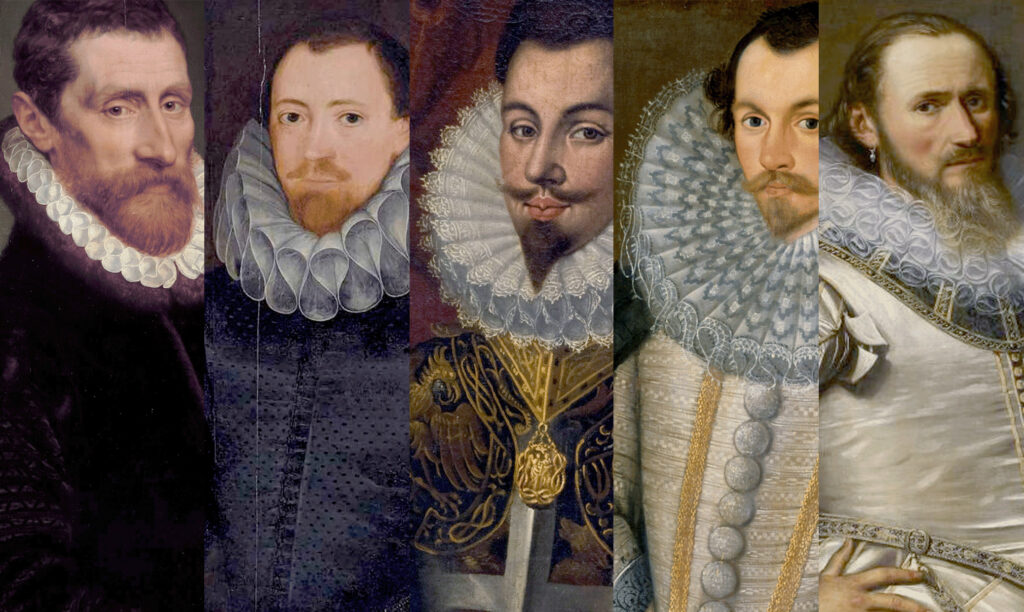
Lord Thomas Howard de Walden c. 1598. Kenwood House, London. Photo ©Challe Hudson.
Online Via Zoom https://www.tickettailor.com/events/medievaldressandtextilesociety/1651161
Ticket price: Free for members
All Medieval Dress and Textile Society members are invited to participate in our Annual General Meeting, followed by a presentation by Tanya Klowden and Noel Gieleghem. Members should register using the access code emailed on 2 April 2025. New members are welcome, and membership is only £15 per year. Tickets will be available through the end of the event. If you have recently joined the societies, please give the MEDATS volunteers at least a day to process your membership, then look for the access code by following the link to “recent emails you may have missed” in your membership receipt email.
This paper will be recorded and made available to members following the event.

Frills, Collars, Ruffs, and Bands: towards a data-centred visual history of linen neckwear in portraiture, 1530-1640
Tanya Klowden and Noel Gieleghem
From about 1630 onward, scholars have been variously aghast, awed, and intimidated by both the decadent physical scale that ruffs grew to and their remarkably widespread popularity across Europe and through all economic strata of society. From subtle gathered frills at the neckline of the body linen in the first part of the 16th century, collars and ruffs grew in a strikingly linear manner into outrageous lace, jewel, and spangle-embellished confections by the early 17th century.
Much of the research into these prominently displayed portions of garments (later whole garments in their own right) has focused on the in-depth study of individual extant textiles or one-off examples from an extensive surviving visual record. In this paper we present a streamlined contextual history of the development and evolution of these garments as they spread across cultural and national boundaries and became, beyond functional items of clothing, signifiers of status, wealth, familial and cultural identity, health, and morality. We argue for the value of a data science approach to better grasp the extraordinary scope of these unique items of dress. Applying well-established data science methods to a broadly sampled, trans-European data set will allow us to concisely document the spread and permeation of these garments in their various forms through time into different geographic regions and at different socioeconomic levels. Through detailed cataloguing that is sensitive to the unique qualities of linen neckwear on display in the surviving visual record, we can create a more comprehensive and dynamic survey that can be readily applied to the needs of disparate interdisciplinary researchers. This will ultimately be a valuable resource for art historians, social historians, and students of dress history as it maps networks of trade and resource transfer, political and courtly alliances, social conventions, and aesthetic preferences through a single facet of dress.

